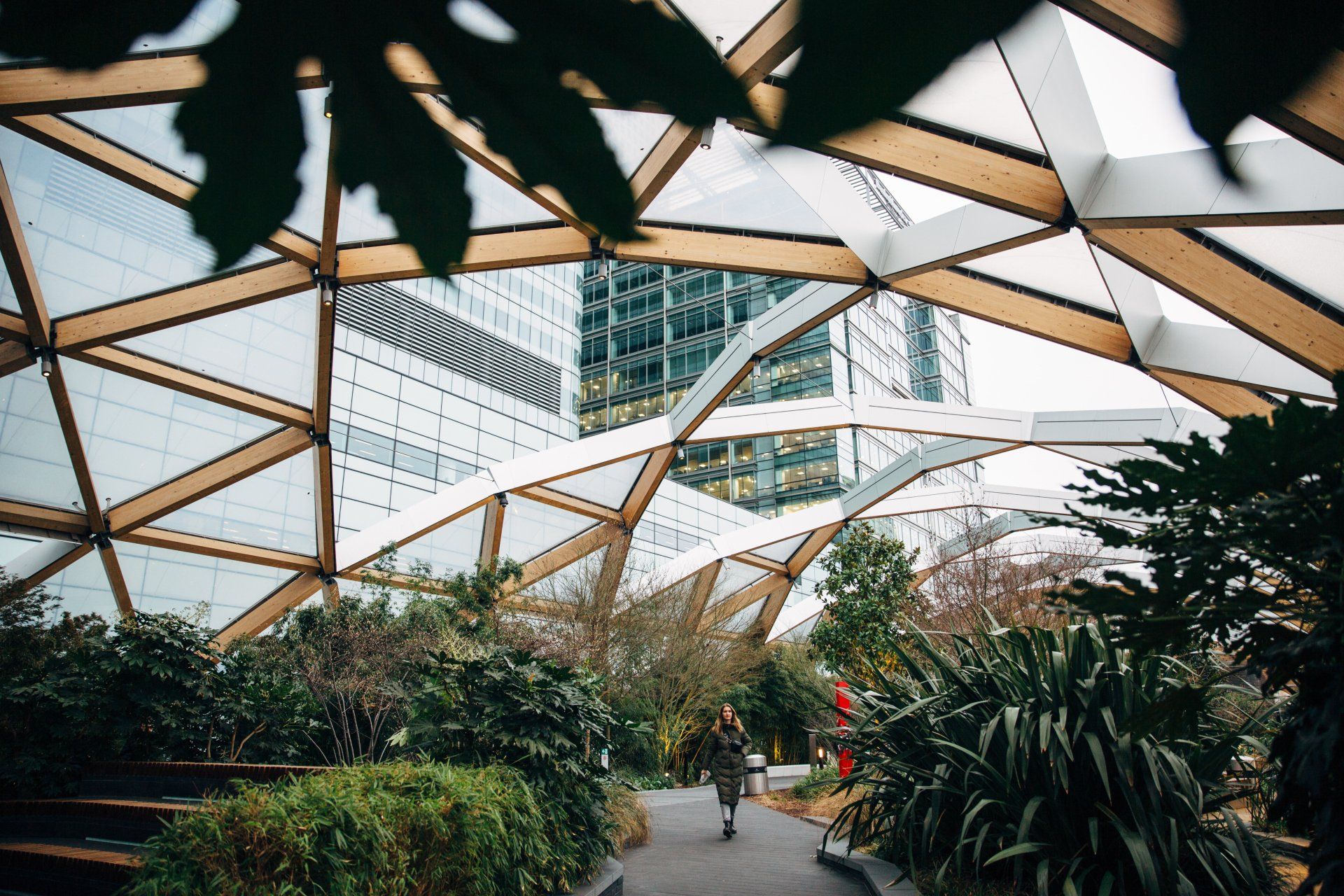The new Industrial Decarbonisation Strategy sets out the government’s vision for building a competitive and greener future for the UK.
Building on the ten-point plan
This blueprint builds on Boris Johnson’s Ten Point Plan for a Green Industrial Revolution published last year,
which you can find out more about here. The new strategy will support existing industry to decarbonise, as well as encourage the growth of new low carbon industries in the UK. Alongside this, it will give businesses long term certainty to invest in home-grown decarbonisation technologies, such as those that can capture and store carbon emissions from industrial plants. Positively, the proposed measures expected to create and support 80,000 jobs over the next 30 years whilst cutting emissions by two-thirds in just 15 years.
Greener energy
The strategy also includes measures that will build on the UK’s efforts in the transition to greener energy sources, with an expectation of 20TW (terawatt-hours) of the UK industry’s energy supply switching from fossil fuels to low carbon alternatives by 2030. This will help industry to increase its low carbon energy use to around 40% of total energy consumption.
In addition, the government intends to introduce new rules on measuring energy and carbon performance of the largest commercial and industrial buildings, including office blocks and factories, in England and Wales.
Estimated business Savings
The move is estimated to provide savings to businesses of around £2 billion per year in energy costs in 2030 and aims to reduce annual carbon emissions by more than two million tonnes. This is around 10% of the current emissions from commercial and industrial buildings and equivalent to removing emissions from a town the size of Doncaster.
British Gas Business
We care about creating a cleaner planet and helping you reduce emissions. By combining forces with Centrica Business Solutions, we’ll be able to provide you with advice and technologies to manage energy sustainability. Find out how we can support your business to cut emissions below.




